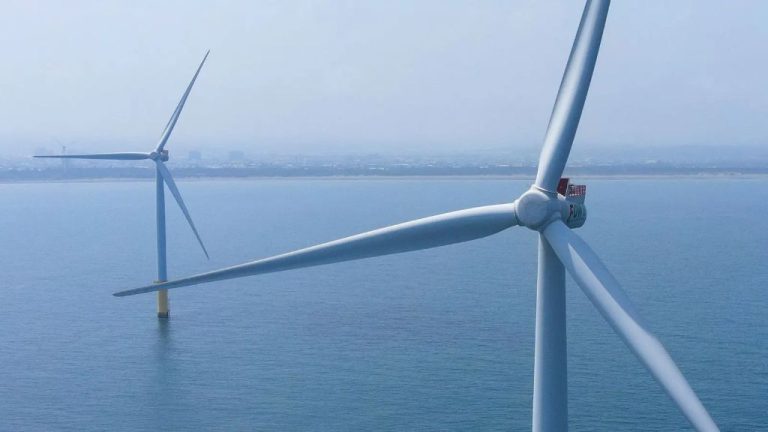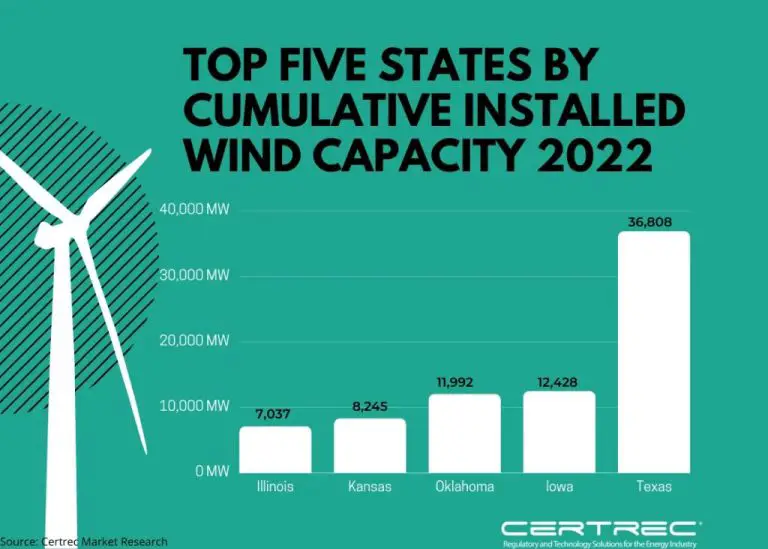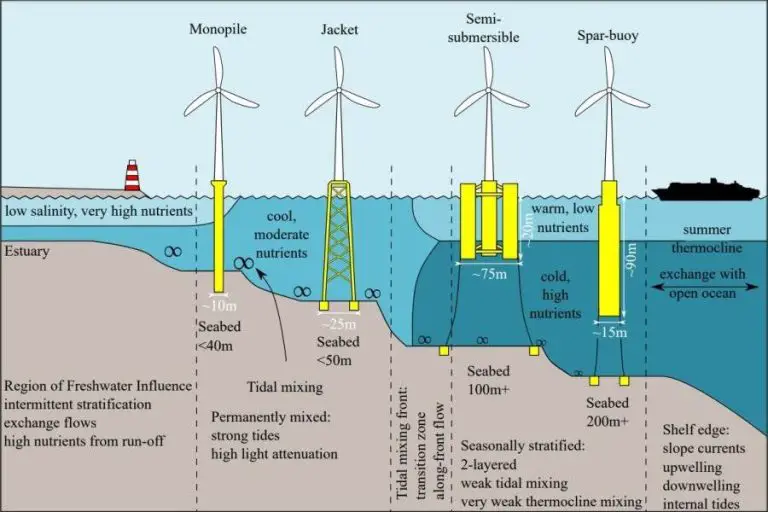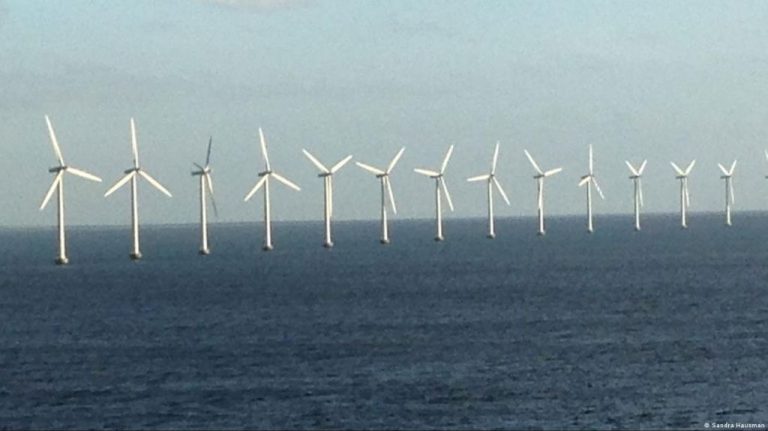Is Wind Energy Competitive?
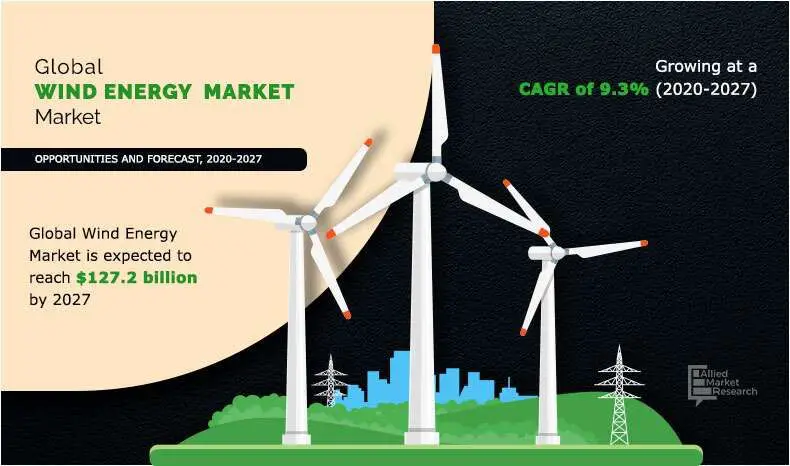
Renewable energy sources like solar and wind are playing an increasingly important role in the global energy mix as countries seek to reduce carbon emissions and mitigate climate change. Wind power in particular has seen dramatic growth in recent years, with global installed capacity rising from 17 gigawatts in 2000 to over 700 gigawatts by 2022.1 However, questions remain about the cost competitiveness of wind energy compared to conventional power sources. As the share of intermittent renewables like wind and solar increases, understanding their costs and value to the grid becomes critical. This article examines if wind energy is becoming a cost-effective solution capable of competing with traditional fossil fuel sources.
Wind Energy Cost Trends
The costs for wind energy have declined significantly in recent decades. According to the U.S. Department of Energy, the average levelized cost of wind energy dropped by 71% between 2009 and 2020 [1]. Experts predict this trend will continue, with costs declining a further 17-35% by 2035 and 37-49% by 2050 [2]. The main factors driving down costs have been improvements in turbine technology, manufacturing, scale, and siting.
The size of wind turbines has increased dramatically, with rotor diameters growing from around 40 meters in the 1980s to over 160 meters today. Bigger rotors can capture more wind energy. Turbine costs have also fallen as manufacturing has scaled up and become more automated. Improvement in turbine design, materials, and control systems have all boosted efficiency. Together, these advances have cut the levelized cost of wind energy by over two thirds since the early 1980s.
Factors Driving Down Costs
There are several key factors driving down the costs of wind energy in recent years:
Technological improvements have led to larger wind turbines that can generate more electricity. According to EERE experts, “the average turbine installed in 2020 can generate 30% more electricity than one installed in 2016.”1 This has lowered the cost per unit of energy produced.
Economies of scale have also played a role as larger wind farms are built and manufacturing capacity expands. Larger wind turbines and projects provide economies of scale that reduce costs.2
Improvements in wind turbine supply chains and manufacturing have made the production of wind energy components more efficient. Streamlining fabrication, transportation, and construction has reduced costs over time.3
Current Cost Comparison
When comparing the levelized costs of electricity from different energy sources, wind power is now one of the most affordable options. Levelized cost represents the average cost per unit of electricity generated over the lifetime of a project. This allows for an “apples to apples” comparison across sources.
According to Lazard’s annual analysis, the average levelized cost of land-based wind power in the United States ranges from $26-54 per MWh. This is highly competitive with fossil fuel sources like natural gas combined cycle ($44-68 per MWh) and coal ($65-159 per MWh). Wind is now even cheaper than solar photovoltaics ($32-42 per MWh).
The costs for offshore wind are higher at $83-128 per MWh, but expected to decline rapidly in the coming years with larger turbines and other advances. Even at current pricing, offshore wind is cost competitive with other conventional sources in some regions.
So by levelized cost estimates, wind power is now one of the most affordable electricity options available. The costs have come down so dramatically in the past decade that wind is likely to remain extremely competitive for the foreseeable future.
Future Cost Projections
Experts project that the costs of wind energy will continue to decline in the coming years. According to the U.S. Department of Energy’s National Renewable Energy Laboratory (NREL), the levelized cost of land-based wind energy could fall by 10-15% by 2030 and the cost of offshore wind could drop by 25-35% in the same timeframe [1]. Key factors driving further declines include:
- Technological innovations like larger, more efficient turbines
- Increased competition among turbine manufacturers
- Improvements in operations and maintenance
- Economies of scale as the industry matures
The International Energy Agency (IEA) projects global average onshore wind costs falling 13% by 2024. However, they note cost reductions may be limited in the near-term by rising commodity and shipping prices [2]. Overall, experts foresee wind power remaining one of the most cost-competitive sources of new electricity capacity.
Challenges
While wind energy has become more cost-competitive, there are still some challenges to its widespread adoption. Three major challenges include:
Intermittency: Wind energy production depends on the wind, which is variable and unpredictable. Wind turbines only generate electricity when the wind is blowing within a certain range of speeds. This can lead to fluctuations in power generation. Methods to mitigate this include improving forecasting, interconnecting over larger geographic regions, and pairing wind with energy storage.
Transmission infrastructure: Many of the best wind energy resources are located far from major cities where electricity demand is high. New transmission lines are often required to connect wind farms to the grid, which increases costs. Upgrading and expanding transmission is key for enabling wind to supply more electricity.
Public opposition: Some communities oppose wind projects due to concerns over visual impacts, noise, and effects on wildlife. Public engagement and siting wind farms responsibly helps address these concerns. Policies like local tax revenue sharing and community shared ownership can also build support.
Sources: https://www.linkedin.com/pulse/solar-slam-dunks-rise-renewable-energy-sports-facilities, https://powerefficiency.com/european-wind-energy-association-ewea/
Policies Supporting Wind
Governments have implemented various policies to incentivize wind energy and accelerate its deployment. Key policies include subsidies, renewable energy targets, and carbon pricing.
The main subsidy supporting wind power in the U.S. is the Production Tax Credit (PTC). This provides wind project owners with a per-kilowatt-hour tax credit over the first 10 years of a wind project’s operations (https://windexchange.energy.gov/projects/incentives). The PTC has been critical in spurring wind development, but faces uncertainty with periodic expirations and short-term renewals.
Renewable portfolio standards (RPS) mandate that utilities supply a certain share of power from renewable sources. As of 2021, 30 states and Washington, D.C. had RPS policies, with wind being a major beneficiary (https://windexchange.energy.gov/policies-incentives). These policies drive renewable energy deployment by creating guaranteed demand.
Carbon pricing through cap-and-trade programs or carbon taxes also tilts the playing field in favor of low-carbon wind energy. Regional cap-and-trade programs are active in the Northeast and California, while carbon taxes have been implemented in several states and countries.
Case Studies
There are several inspiring examples of regions and countries that have successfully integrated high levels of wind energy into their electricity systems. According to research from the OECD (Case Study 5: Wind Power Integration into Electricity Systems), countries like Denmark, Germany, Ireland, and Spain have some of the highest wind energy penetration rates in the world. In Denmark, wind power accounted for 43.4% of annual electricity consumption in 2020. Germany produced over 132 TWh of electricity from wind in 2020, meeting around 25% of its demand. Ireland and Spain also produce around a quarter of their electricity from wind energy.
These countries have demonstrated that with the right policies, market structures, and grid investments in place, wind can reliably contribute a substantial share of electricity generation. Their experiences provide models for integrating variable renewable sources like wind at scale. For instance, Denmark has pioneered clever uses of interconnected transmission lines, demand response, and district heating systems to balance wind’s variability. Meanwhile, Spain and Germany have scaled up wind efficiently thanks to consistent policy support, structured wholesale electricity markets, adequate transmission capacity, and advanced forecasting of wind production.
Conclusion
In summary, wind energy is currently cost-competitive with conventional energy sources like coal and natural gas. The average cost of wind power has declined dramatically over the last decade due to improvements in turbine technology, increased turbine sizes, improved siting, and more efficient operations and maintenance. Key factors that have driven down costs include larger and more efficient turbines, lower capital and financing expenses, and expanded government incentives. Although intermittent output and integration costs remain challenges, continued cost reductions and technological advances are expected in the future. Most projections estimate that wind energy costs will continue to decrease and be competitive with fossil fuels over the next 10-20 years. With supportive policies and further cost declines, wind energy is poised to be a major player in the future electricity mix and make substantial contributions to decarbonizing the grid.
References
This article contains references to the following sources:
[1] Lazard’s Levelized Cost of Energy Analysis – Version 15.0
[2] U.S. Energy Information Administration Annual Outlook 2021
[3] International Renewable Energy Agency – Renewable Power Generation Costs in 2021
[4] National Renewable Energy Laboratory – Land-Based Wind Market Report 2021
[5] American Wind Energy Association – Wind Powers America Annual Report 2021
[6] Bloomberg New Energy Finance – New Energy Outlook 2022
[7] International Energy Agency – Renewables Information Overview 2021
[8] WindEurope – Financing and investment trends 2022
Key statistics and data points referenced include: levelized cost of wind versus fossil fuels and solar, wind capacity growth trends, turbine size and efficiency improvements, policy impacts, capacity factors, future cost declines, and country case studies.

